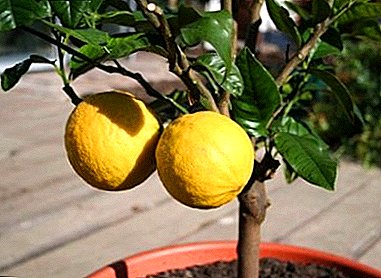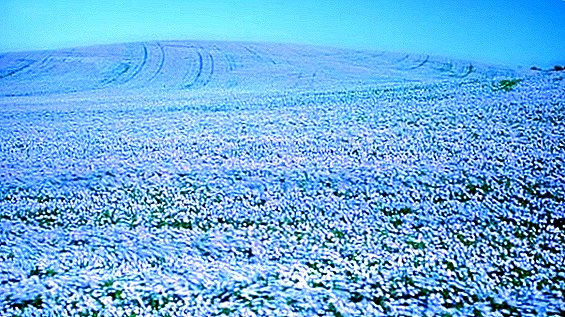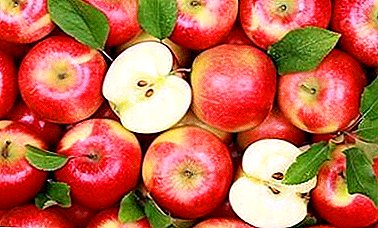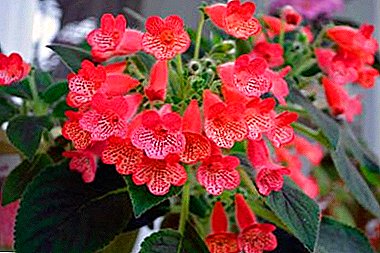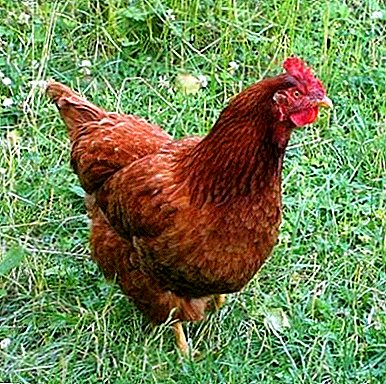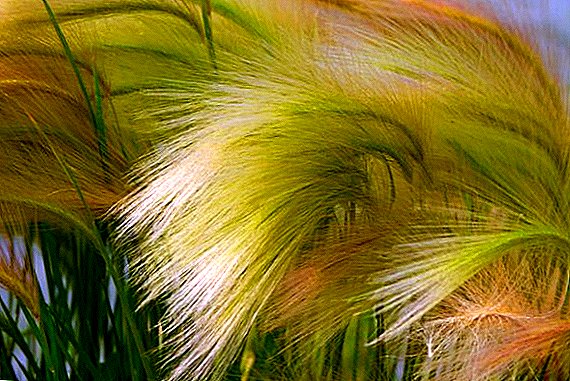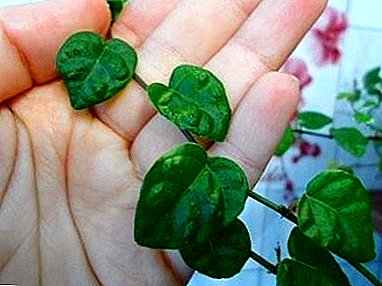
A variety of ficus strikes novice in this area.
Popularly boldly consider dwarf plant.
His other name is Pumila, which means “tiny”.
Consider the general characteristics, especially the cultivation of dwarf ficus.
We learn about its charms, disadvantages.
Description
Homeland plants consider China, Japan, Vietnam. Ficus Pumila is a long vine, creeping on the soil with a beautiful carpet. Leaflets resemble a heart shape, small length (2–3 cm). With age, the size of the leaves change, is approximately 5-7 cm The scientific name of the flower is Ficus pumila. It belongs to the kingdom of mulberry plants, the genus Ficus.
It is from mature shoots that have dense bark, the fruits appear - syconia, pear-shaped. Small fruit (3 mm in diameter) light green.
At home, the owners prefer to plant the plant in flower pots. Own home allows you to land a pumila in the ground. Some time later, you can get a thick carpet, sized to 4 square meters. meters The plant is actively attached to the trees, fastened with aerial roots.
Home care
 Dwarf ficus loves care, meticulous care.
Dwarf ficus loves care, meticulous care.
It is easy to grow at home. The view, the shape of the flower allows you to plant it in a hanging pots. When not using a support, the plant will acquire an ampel form. Another variant - An ordinary pot or a small piece of land.
It all depends on your plan for growing ficus. Follow some important rules described below to get the desired result.
Interesting! A tiny plant is fast-growing, it becomes an ornament to any garden, room. These qualities are loved by many florists. It has been actively grown since the 17th century.
Ficus tender, small, he immediately needs to allocate a separate place. Rearrange it is not desirable. Reversal may result in loss of leaves. Do not put a flower in a draft, a window sill. Pumila non-loving plant. It is advisable to transplant the flower immediately to the pot you like. It should fit the size of the plant, be a little "for growth".
If this is not done, the dwarf ficus may die. The catch is that plants are transported across state borders, sold in a special substrate. It is not designed for watering, it is not known what it fertilized.
Attention: Change of location, temperature, environment - Stress for a flower.
Immediately select the necessary land for the plant, a suitable place. Do not touch him again, let him get used to the new conditions.
Watering
 Dwarf flower loves moisture. The root system of the ficus pumila undeveloped, it is not able to get water from the bottom of the pot. Watch the ground, it should always be a little wet.
Dwarf flower loves moisture. The root system of the ficus pumila undeveloped, it is not able to get water from the bottom of the pot. Watch the ground, it should always be a little wet.
Features of watering in different seasons:
- in the winter. The cold period of the soil should be wet. Low temperatures slow down the evaporation of moisture, reduce watering by 30%;
- spring summer Flower after winter needs to be replenished. Every two weeks water the plant with water with minerals. They can be purchased at any specialty store;
- in the fall. Pumila was fully saturated with necessary substances, humidity increased during this period. It is recommended to water the plant normally or reduce it slightly.
Lighting
A tiny flower does not tolerate direct sunlight. It is characterized by an excellent transference of lack of light. Plant can grow with artificial lightui
Good for east, west window. When growing a flower in open ground choose the south sideprotected from the wind. Diverse varieties love lighting more than green ones. Consider these features when choosing a place.
Important! The lack of light shows the plant by the appearance of too small leaves, the absence of shoots, the disappearance of the pattern on the leaves.
Temperature
The normal existence of this plant species is possible. at 18-25 degrees. A short life is waiting for a flower at 0-8 degrees, subject to slight watering.
Monitor air humidity with regular spraying. Especially, pay attention to the dwarf flower during the summer heat. It is necessary to increase the humidity in the winter when the air is dried out by heating the rooms.
Bloom
At home ficus blooms very rarely.
Important: Be sure to comply with the temperature regime, regularly water, take good care.
Flowers appear on spherical inflorescences. They do not have a special aesthetic value.
Crown formation
 Circumcision crown makes it possible to form a variety of forms, sculptures. The process requires some preparation, knowledge of flower growth. New shoots begin to develop from the kidneys.
Circumcision crown makes it possible to form a variety of forms, sculptures. The process requires some preparation, knowledge of flower growth. New shoots begin to develop from the kidneys.
Fastest grow top, they inhibit the development of lateral (axillary) kidneys. By removing the tip, you enable the lateral kidneys to develop normally. The plant becomes luxuriant, acquires a luxurious appearance. Manipulations are recommended in the spring.
Attention! Winter transplant threatens to ruin the flower.
The accumulated nutrients in the top, you just cut off, depriving the plant of nutrients. Without resorting to the radical method - pruning, direct the stems in the right direction, fixing them. After a short time, the fixture is removed.
The soil
It is recommended to purchase a special blend., bought in the store, adapted specifically for dwarf ficus. If you do not trust the purchased product, make the soil yourself.
It consists of the following components:
- land (sod, peat, leaf);
- coarse sand.
Ingredients mix in equal proportions.
Transfer
Young flower recommended Replace once a year. The pot in diameter should be slightly larger, but not deep. An adult plant is allowed to replant. once in 3 years. The best period is spring.
A photo
In the photo ficus dwarf:




Breeding
Cuttings - The best breeding option. Small cuttings immersed in water, with the appearance of the roots of the plant settled in the ground. Another way - shoots, they are separated from the mother flower, strengthened in the soil, constantly moisturizing it.
Benefit and harm
In addition to the aesthetic pleasure of indoor dwarf plant produces oxygen, normalizes the microclimate in the room. The green color of the leaves pleases the human eye, uplifting, helps to treat depression. The flower has some flaw - at night, the ficus releases into the air a small amount of milky juice.
It causes skin irritation, a variety of allergic reactions.
ATTENTION! Adults, children suffering from asthma, other respiratory tract illnesses are not recommended to keep all kinds of ficus in the house.
Diseases and pests
Favorite flower often gets spider mite It starts on the plant because of too hot climate, lack of moisture.You can get rid of him by washing the leaves of dwarf ficus in hot water.
The procedure is repeated several times until the flower is fully cured. Mealybug shows yellowed leaves. Output it special preparations purchased in a flower shop.
Common diseases - a method of dealing with them:
- leaves fall off - color overcooling, draft;
- leaves dried - hit by direct sunlight;
- rotting roots - excess moisture.
Finding out the cause of the plant's ailment, eliminate it, create a favorable environment for your life. Having studied the features of home care for a dwarf ficus, Use practical advice, carefully care for the flower. Pumila - capricious plant, ficus reacts negatively to any stimulus.


